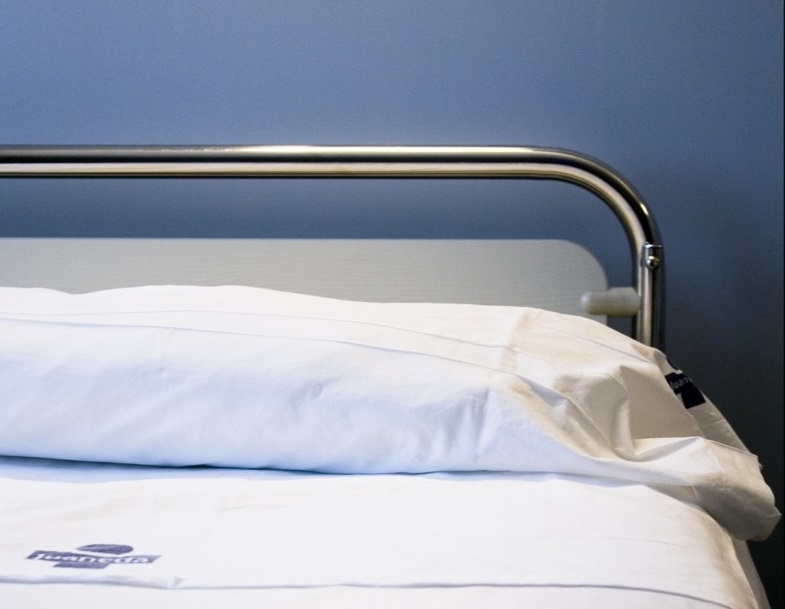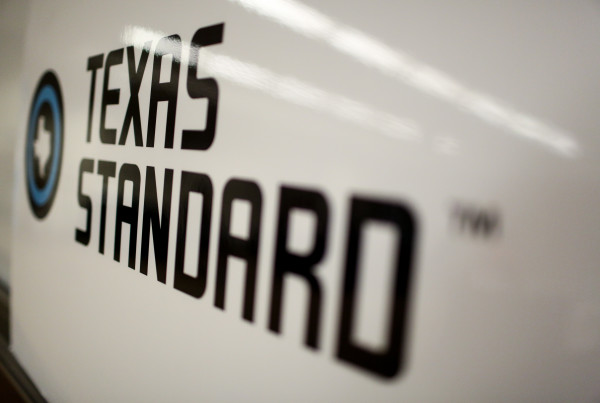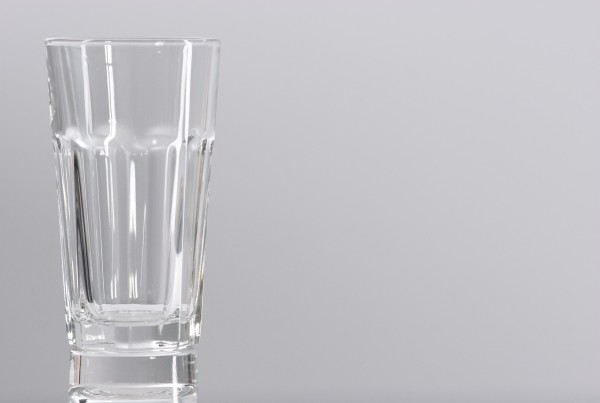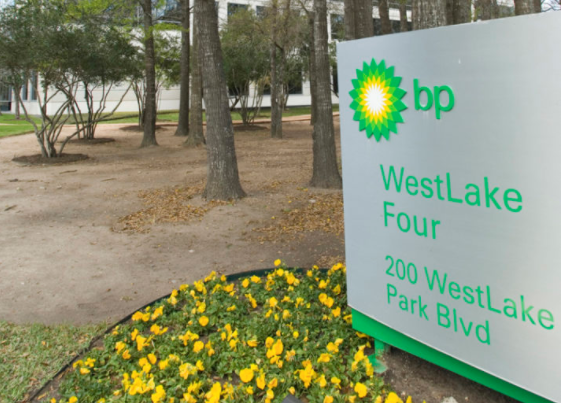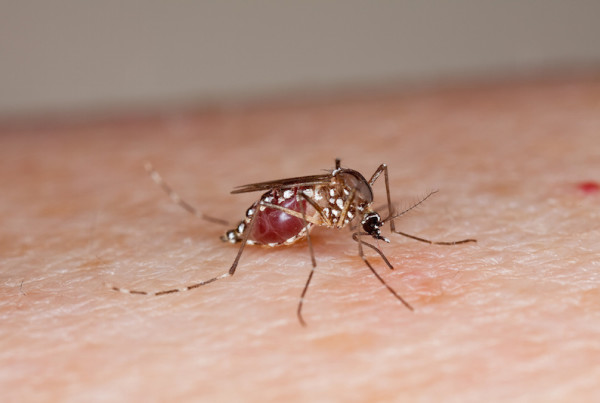From KERA News:
If you’ve ever seen someone have a heart attack in a TV show or in the movies, you know the drill: crash cart rolls out, conducting gel goes on chest, paddles get charged and …ZAPPP! An electrical shock gets the heart pumping again.
Well, Dr. Rohan Khera says shocking the heart works only about 25 percent of the time.
“If a heart has a bad rhythm that quivers, that’s something you can shock out of,” Khera says. “But if the first rhythm is not something that if the heart is quivering, that’s the time you give epinephrine or some other medications at that point.”
Khera, a Cardiology Division fellow at UT Southwestern says you might not see it in prime time, but the bulk of cardiac arrests are non-shockable, meaning a defibrillator alone won’t work. So, along with CPR, pumping epinephrine, also known as adrenaline, through an IV is standard practice. What isn’t standard is how long it takes hospitals to give patients epinephrine, and how many of them survive.
“We see a lot of differences across hospitals on how many patients survive to discharge if they have a [cardiac] arrest in the hospital,” he says. “And there is some data out there to suggest that incremental delays in giving epinephrine — in terms of every added minute — reduces survival time.”


